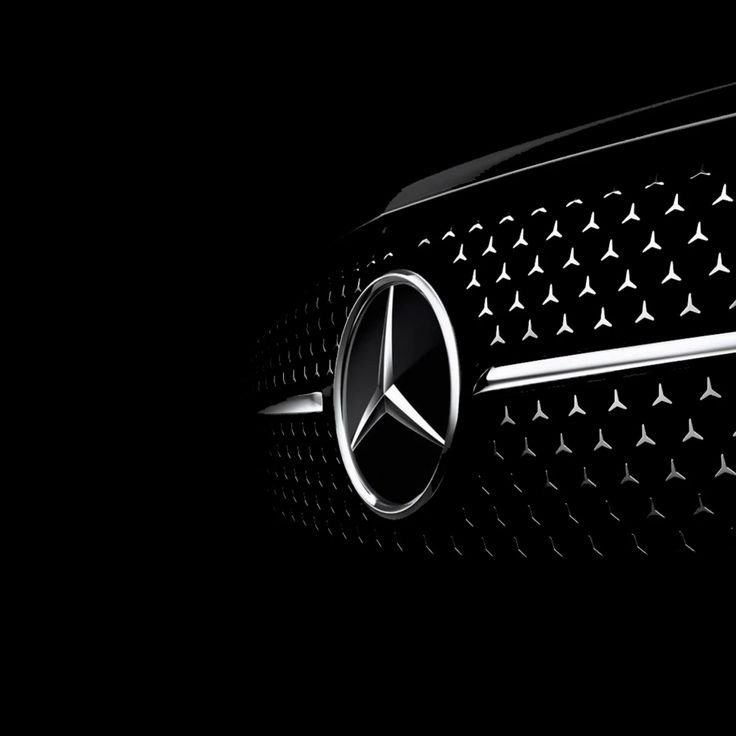
Nissan Motor Co. has announced a bold move to introduce 10 new models in North America, reinforcing its commitment to innovation, customer-centric design, and electric mobility. This strategic initiative marks the company’s most aggressive product overhaul in over a decade. Nissan intends to recover lost market share, compete with new EV challengers, and reestablish its brand identity in the U.S. and Canadian markets.
The company unveiled the plan during its fiscal 2025 strategy briefing, emphasizing its vision to become a global leader in sustainable transportation. Nissan will roll out these new models over the next three years, with a mix of combustion-engine updates and new electric vehicles (EVs).
A Comeback Strategy Built on Innovation
Nissan lost momentum in the North American market over the last few years. Declining sales, outdated model lines, and fierce competition from Tesla, Toyota, and Korean automakers hurt the brand’s image. Now, Nissan wants to bounce back.
Under its “The Arc” transformation strategy, the automaker plans to reset its lineup and enter new market segments. Company executives revealed that seven out of the ten new models will arrive by 2026, with the remainder launching by early 2027.
Ashwani Gupta, Nissan’s COO, explained the approach during the briefing:
“We must refresh our presence in North America. Our next-generation models will deliver better design, smarter technology, and cleaner energy options.”
Nissan’s North America Market Snapshot
Nissan’s performance in the U.S. has weakened in recent years. Here’s a snapshot of its position:
| Year | U.S. Market Share | Total Sales (Units) |
|---|---|---|
| 2018 | 7.9% | 1.49 million |
| 2020 | 6.2% | 899,000 |
| 2023 | 5.3% | 823,000 |
The numbers reflect a consistent dip, especially as competitors strengthened their EV offerings. Nissan’s once-popular models like the Altima, Sentra, and Rogue saw sharp declines in customer interest.
Upcoming Models: What to Expect
Nissan has not released the full list of the 10 upcoming models, but early teasers and leaked insights suggest a mix of sedans, crossovers, and electrified nameplates.
Confirmed and Expected Vehicles:
| Model Name | Vehicle Type | Powertrain Type | Expected Launch |
|---|---|---|---|
| Leaf Crossover (Next-Gen) | Compact SUV EV | 100% Electric | Late 2025 |
| Rogue Refresh | Mid-size SUV | Hybrid/ICE | Early 2026 |
| Altima Redesign | Sedan | ICE/Hybrid | Mid 2026 |
| Armada Electric | Full-size SUV EV | 100% Electric | 2026 |
| New Urban EV | City Hatchback | 100% Electric | 2026 |
| Frontier Refresh | Pickup Truck | ICE/Hybrid | Early 2027 |
Nissan plans to shift the Leaf from a hatchback to a crossover, a major design overhaul that reflects shifting consumer preferences in the U.S. The new Leaf will ride on the CMF-EV platform shared with the Nissan Ariya and Renault Megane E-Tech.
The company also plans to bring a fully electric version of the Armada, making it the first EV in the full-size SUV segment from a Japanese brand.
Electrification: The Heart of the Strategy
Nissan’s product revival leans heavily on its electrification ambitions. The company aims to make 60% of its new car sales electric or hybrid in North America by 2030. Nissan already builds its electric SUV, the Ariya, in Japan and plans to expand production capacity in Mississippi and Tennessee.
The carmaker will also localize battery production. Nissan and its battery partner, Envision AESC, operate a facility in Smyrna, Tennessee, and plan to expand it to support the new models.
Key Electrification Goals:
-
60% electrified sales by 2030
-
Two new EV platforms by 2026
-
Local battery supply chains to reduce costs
-
10,000+ EV-focused jobs in U.S. plants and supplier networks
Nissan aims to release solid-state battery EVs by 2028, offering faster charging and longer range. These batteries could revolutionize its EV lineup if developed on schedule.
Design Philosophy and Technology Focus
Nissan intends to blend Japanese minimalism with futuristic design elements. Teasers show streamlined bodies, bold LED lighting, and cockpit-style interiors with digital dashboards.
The new models will feature:
-
Nissan’s next-gen ProPILOT Assist 3.0, offering semi-autonomous highway driving
-
Enhanced infotainment with wireless Apple CarPlay and Android Auto
-
Biometric driver recognition systems
-
Smart climate control based on occupancy sensors
All vehicles will receive over-the-air (OTA) updates, allowing Nissan to enhance features post-purchase and improve the customer experience over time.
Competitive Landscape
The North American auto market continues to shift toward SUVs, crossovers, and electric vehicles. Nissan must compete with strong players like:
| Competitor | Key Rivals | Strengths |
|---|---|---|
| Tesla | Model Y, Model 3 | EV leadership, brand loyalty |
| Toyota | RAV4, Prius, Crown | Hybrid dominance, dealership network |
| Hyundai/Kia | Ioniq 5, EV6 | Bold design, tech-savvy |
| Ford | Mach-E, F-150 Lightning | Legacy and performance |
To succeed, Nissan must price its EVs competitively, improve software, and deliver top-tier safety features. Analysts suggest Nissan needs to gain ground not only in sales but also in brand desirability, especially among younger buyers.
Investment and Manufacturing Commitments
Nissan has pledged over $500 million to retool its U.S. factories in Canton and Smyrna. The investment includes:
-
New EV assembly lines
-
Workforce upskilling programs
-
Expansion of battery logistics hubs
-
Partnerships with local colleges for EV technician training
These efforts aim to ensure Nissan meets local sourcing requirements to qualify for federal EV tax credits under the U.S. Inflation Reduction Act.
Dealer Network and Consumer Experience
Nissan will also modernize its dealership network to match the needs of EV customers. Plans include:
-
Installation of Level 3 DC fast chargers at key showrooms
-
Virtual test drive capabilities using augmented reality
-
Subscription-based maintenance and feature upgrades
Additionally, Nissan will launch “EV Concierge Teams” to educate customers, assist with at-home charger installations, and provide personalized post-sale services.
Challenges Ahead
Nissan faces several hurdles as it tries to regain its North American standing:
-
Rebuilding Brand Image: Years of stale designs and customer service gaps created skepticism among buyers.
-
EV Infrastructure: Many regions in North America still lack public chargers, especially in rural areas.
-
Rising Material Costs: Lithium, cobalt, and rare earth minerals for batteries remain volatile in price.
-
Talent Shortage: Hiring and training EV-savvy technicians continues to pose a challenge.
Despite these challenges, Nissan believes its renewed product focus, manufacturing resilience, and dealership upgrades will carry it forward.
Conclusion
Nissan’s decision to introduce 10 new models in North America represents a critical move in its global transformation journey. With a renewed product lineup, significant investment in electrification, and a strategic push into underserved EV segments, the automaker stands ready to reclaim relevance in a competitive market.
By listening to consumers, investing in cleaner technologies, and reimagining the driving experience, Nissan does more than update its catalog—it attempts to redefine what its brand stands for in the future of mobility.





